Plattenbau buildings, an art gallery in a former prison or a cemetery for atheists: These places offer you a different insight into Sarajevo.
1) Grbavica
A city within the city. Block after block after block of Plattenbau buildings from the times of former Yugoslavia. Everyone in Bosnia knows about the Grbavica district for several reasons. Grbavica is the name of the stadium of legendary football club FK Željezničar. And Grbavica was the only part of Sarajevo that was occupied by the Serbian forces during the Bosnian war. In fact, the front line was right at the stadium
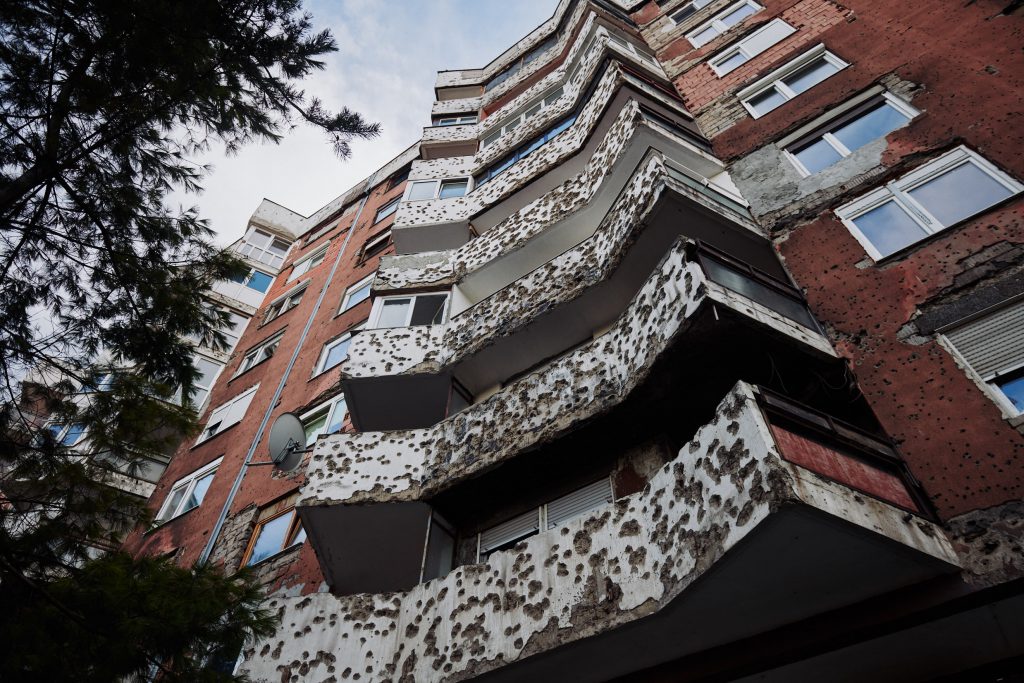
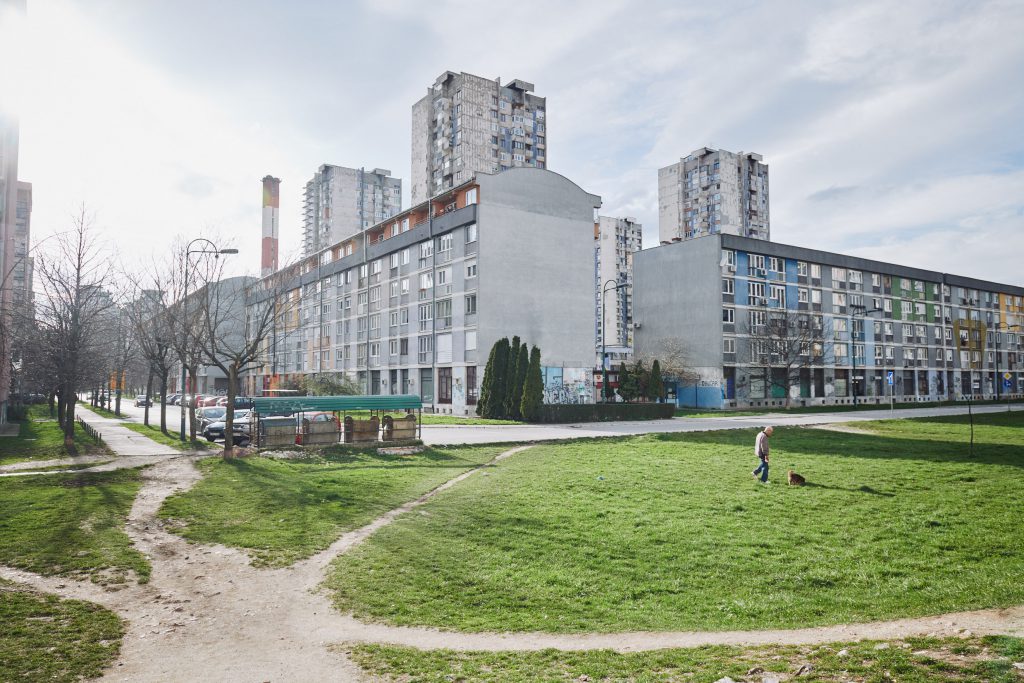
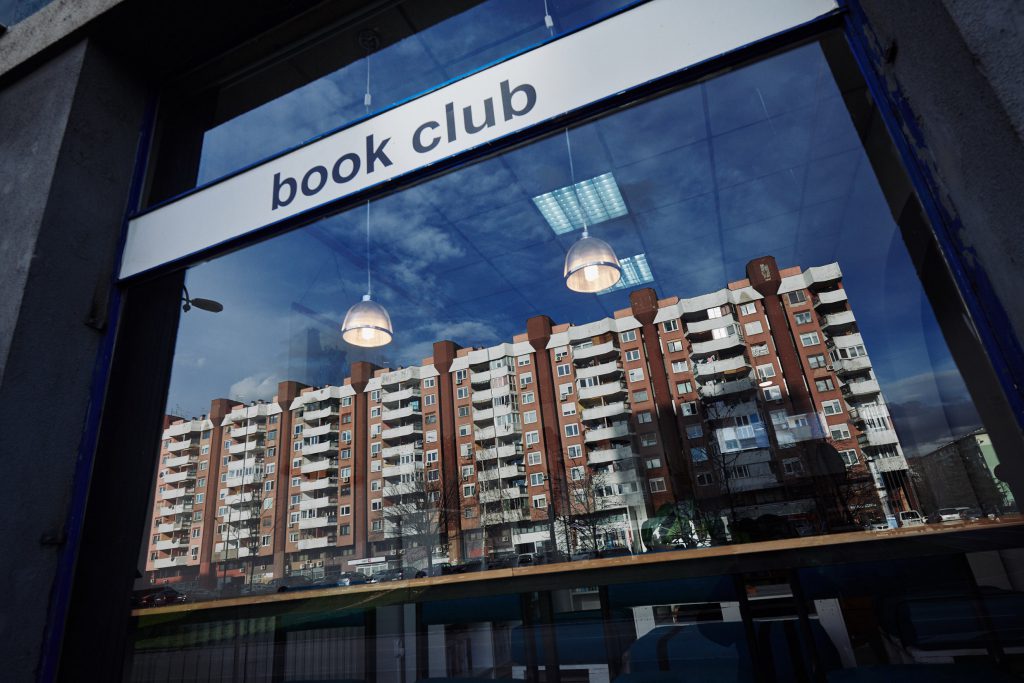
2) Kino Bosna
Sarajevsko pivo, local music and the owner (a legendary elderly woman) who tries to get everyone a seat. One of the best places for a good night out. Especially on mondays.
Mak runs this little contemporary art gallery in a former prison right next to Vijećnica (City Hall). International contemporary artists, young artists and art lovers from Sarajevo and almost always open for a chat, a smoke and a beer.
4) Kovači Street
Copper handicraft, metal products, coffee and the good life. Kovači Street on the way to the yellow bastion viewpoint is the old soul of Sarajevo. My buddy Suleyman has his shop here. I met him skatebording in front of the Academy of Fine Arts. Right across his shop is the fine Ministry of Cejf coffee house. Say hello!
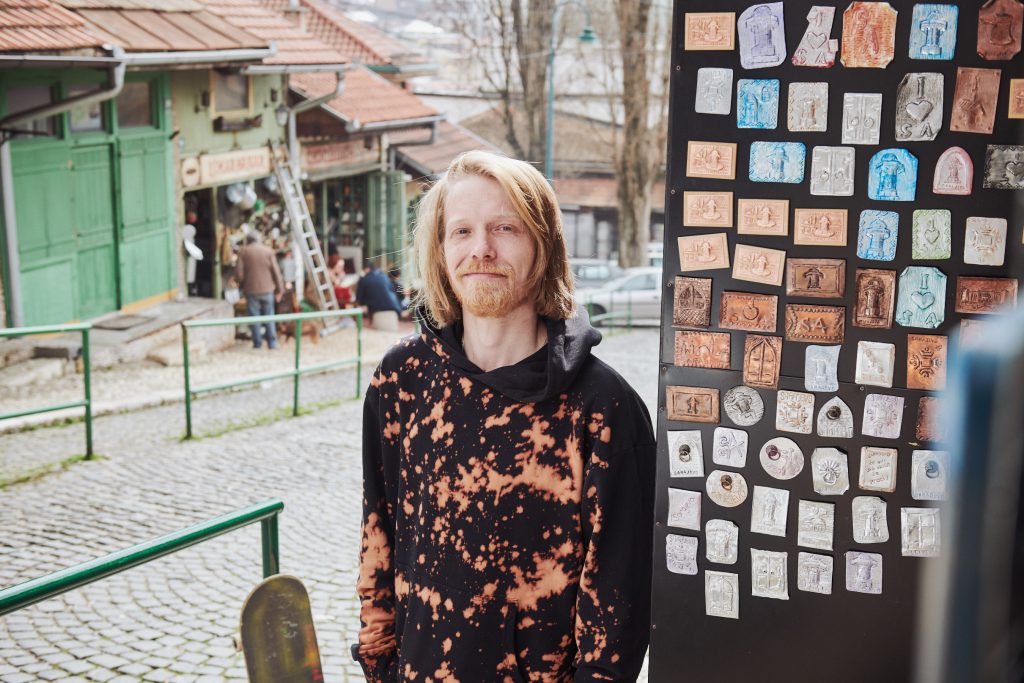
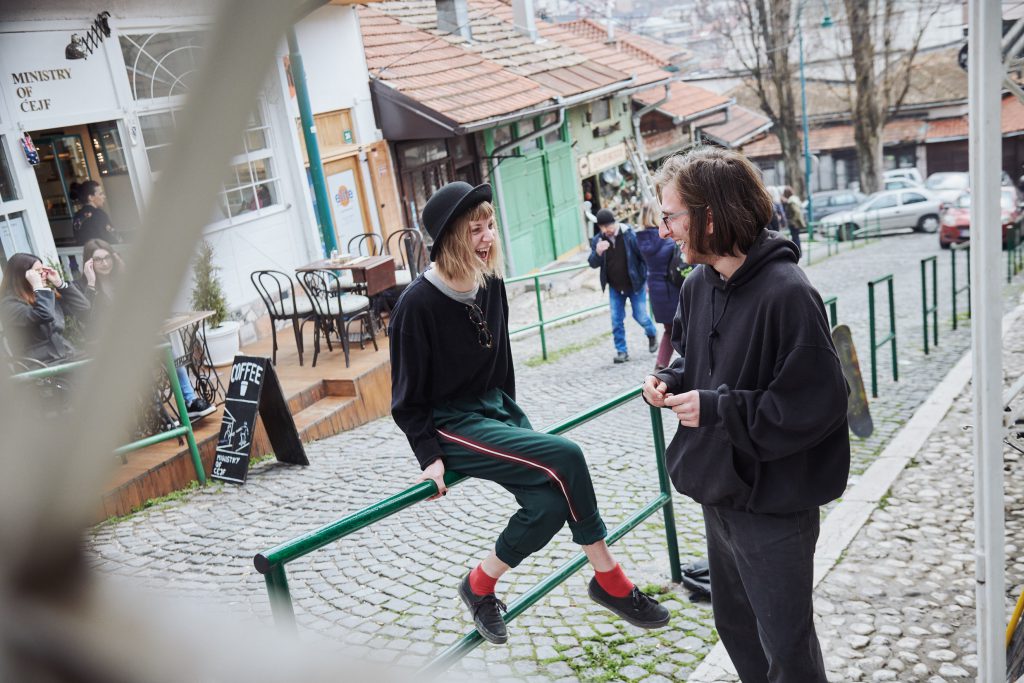
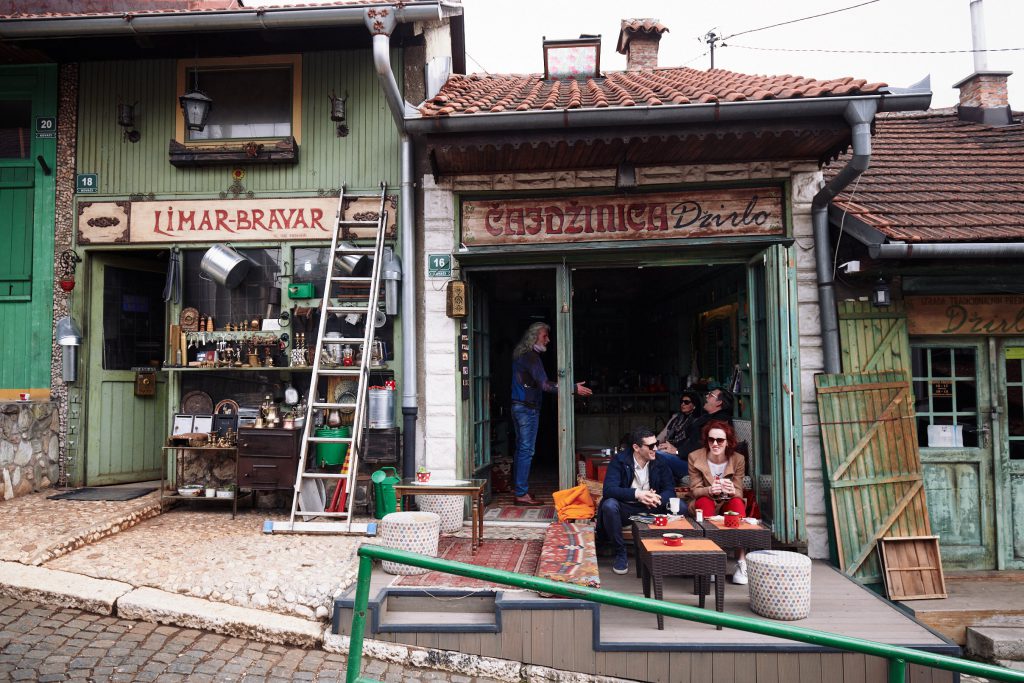
5) Bare Cemetery
Sarajevo is a city of cemeteries. But Bare holds a special place in the city. More than 60.000 people – one-fifth of the city’s current population – are buried at this cemetery. And Bare shows us: In death we are all the same. Muslims, Jews, Christians, Orthodox and even Atheists are all buried here at one of the largest cemeteries in Europe.
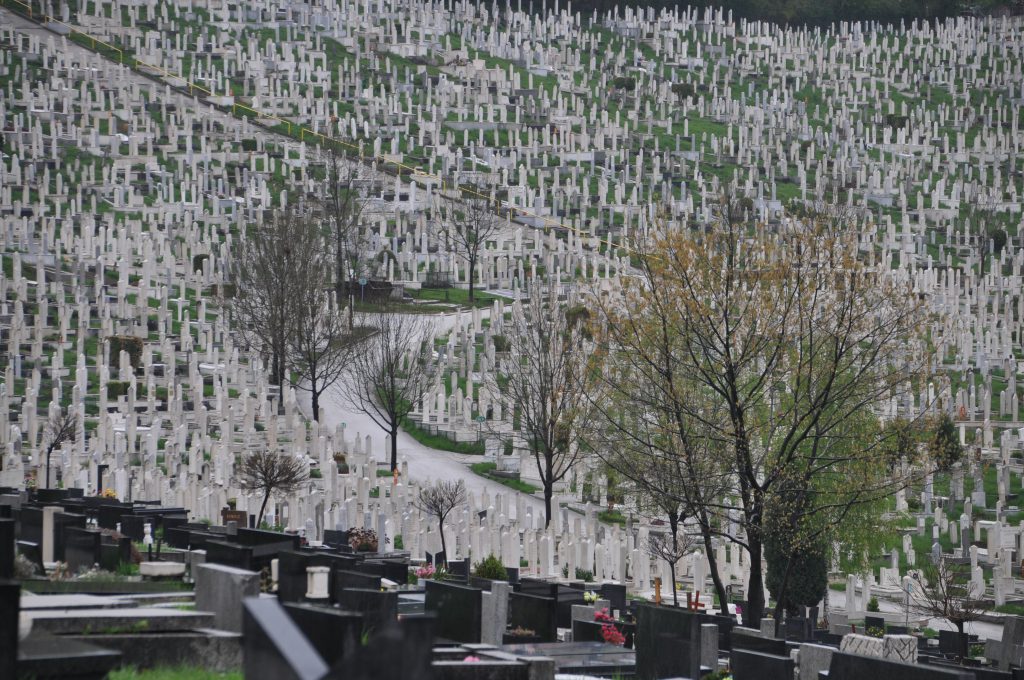
6) Farina Bakery
Yes, Farina Bakery has great pastries and coffee. But the fun part of this place is its huge window towards busy Titova Street. I just love sitting there with a cup of coffee and watch the locals of Sarajevo walk by or stop for a chat right in front of the window.

The best and saddest museum in Sarajevo. Displays items from children who lived in Sarajevo during the war. The children themselves tell very personal stories and memories they connect with their belongings of that time. A museum about growing up in wartime while trying to live life as children.
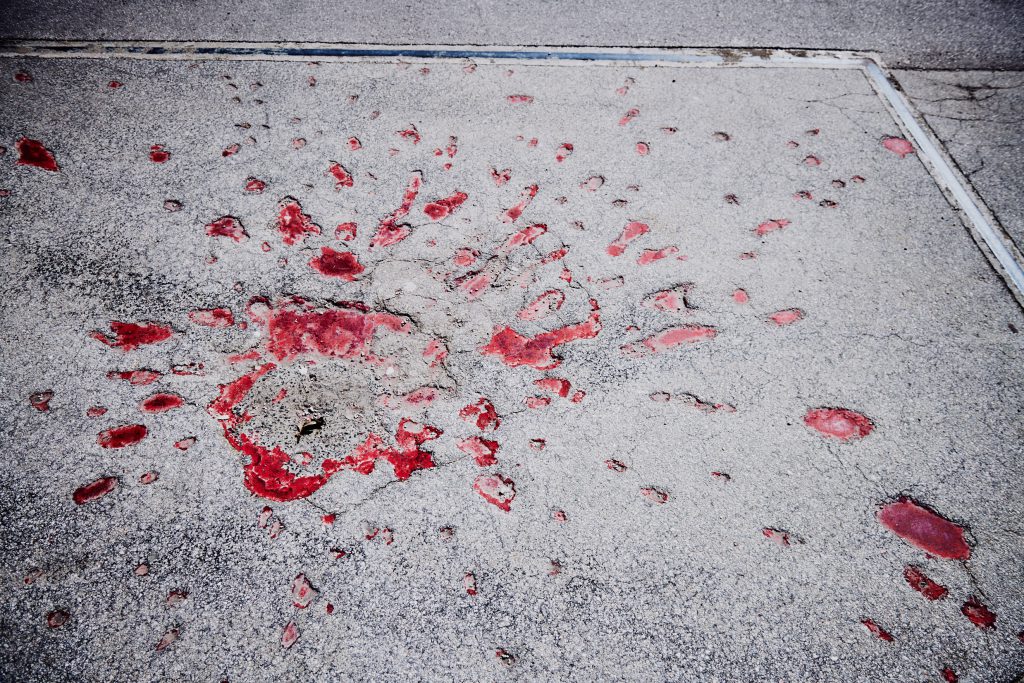
8) Former Olympic Bobsleigh and Ski Jumps
They are not a secret anymore. But you have to go. The former Olympic Bobsleigh on Trebević hill above the city and the remains of the Olympic Ski Jumps (Malo Polje) on Igman mountain 30 kilometers outside of Sarajevo. The bobsleigh was used by Serbian forces during the siege of Sarajevo. Today it is a hangout for mountainbikers, lovers and grill friends. The Olympic ski jumps unfold a unique atmosphere in the woods – especially when it is slightly fogy.
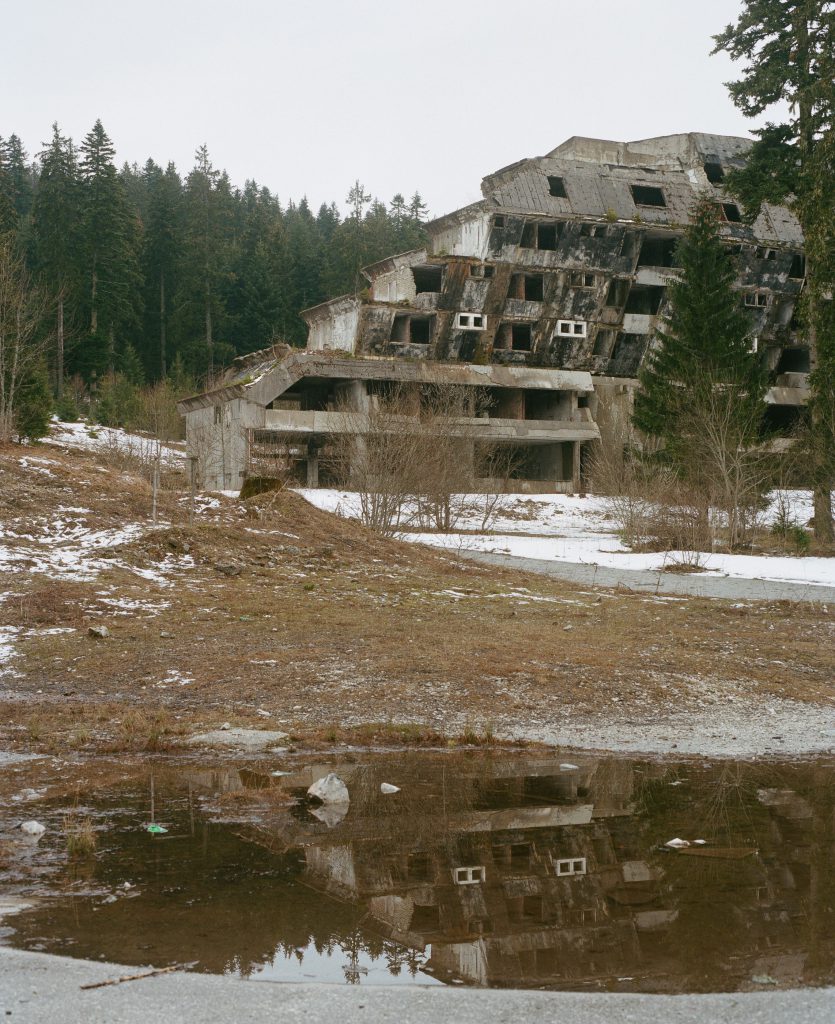
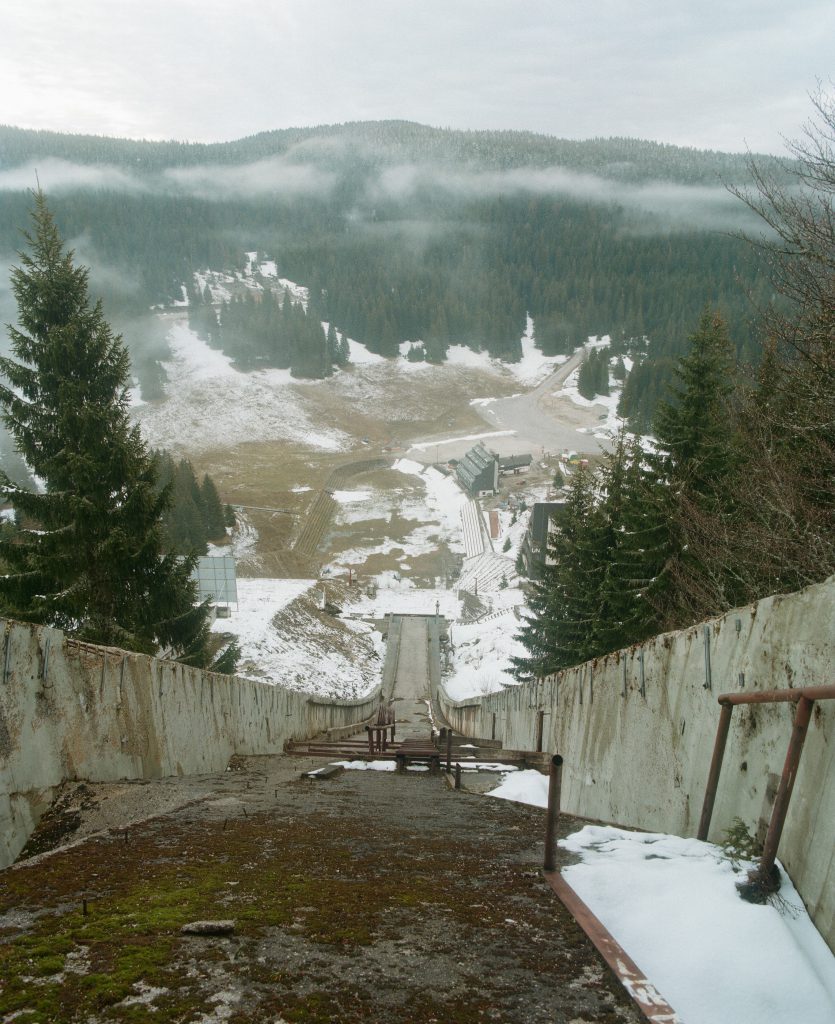
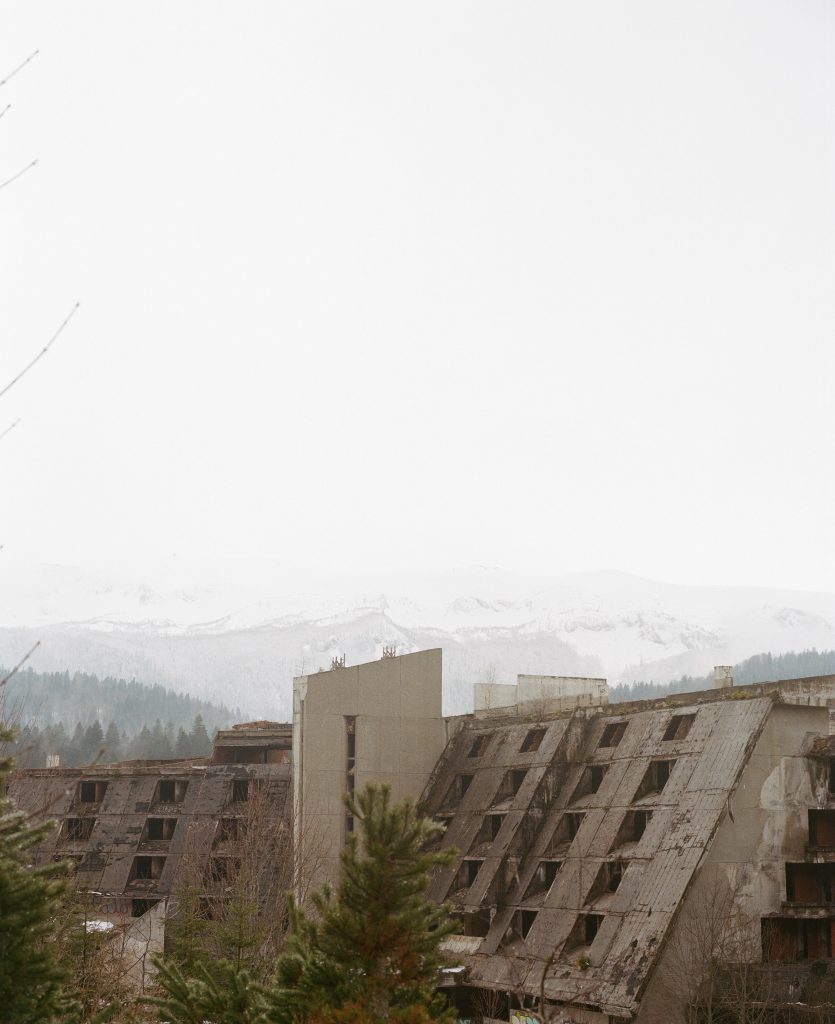
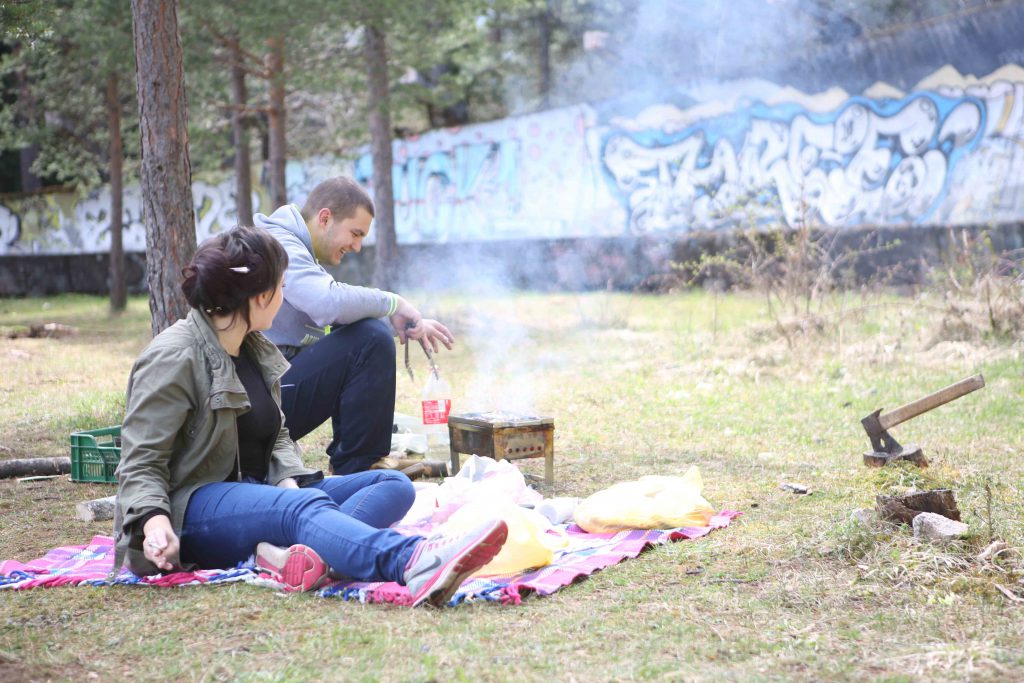
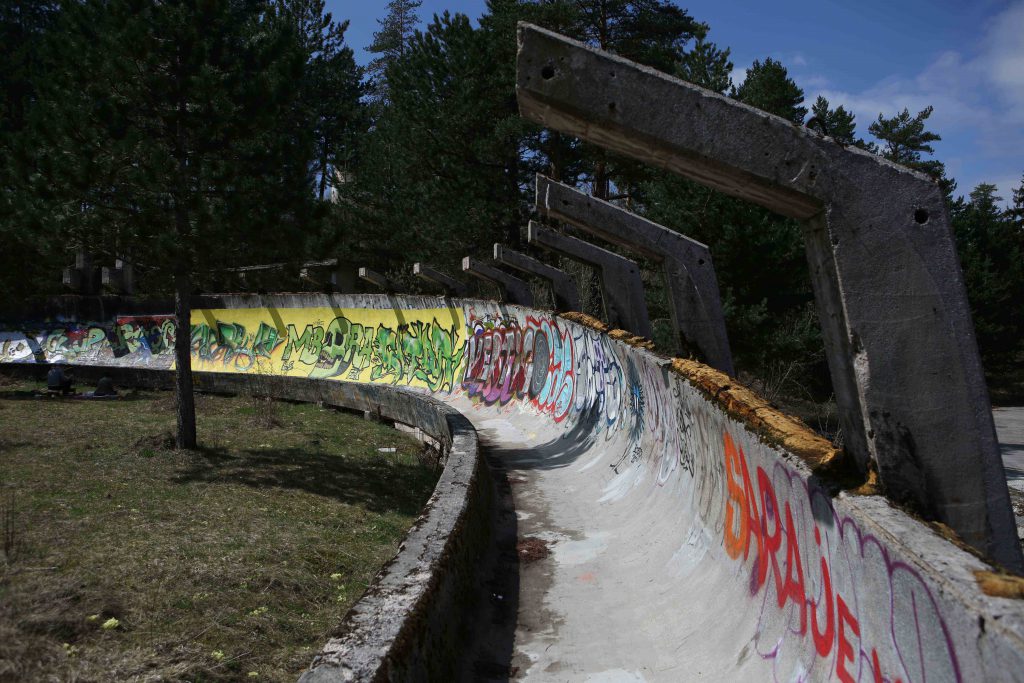
9) Beer, books and poetry: Galerija Boris Smoje and Buybook
Boris Smoje is a relaxed bar for a drink, smoke and chat. It also holds regular intimate poetry and book readings. By the way books: Byebook, Sarajevo’s best international book shop, is right across Galerija Boris Smoje. And the Academy of Fine Arts, one of the best skate spots in the city, is right across the book shop on the other side of the Miljacka river.
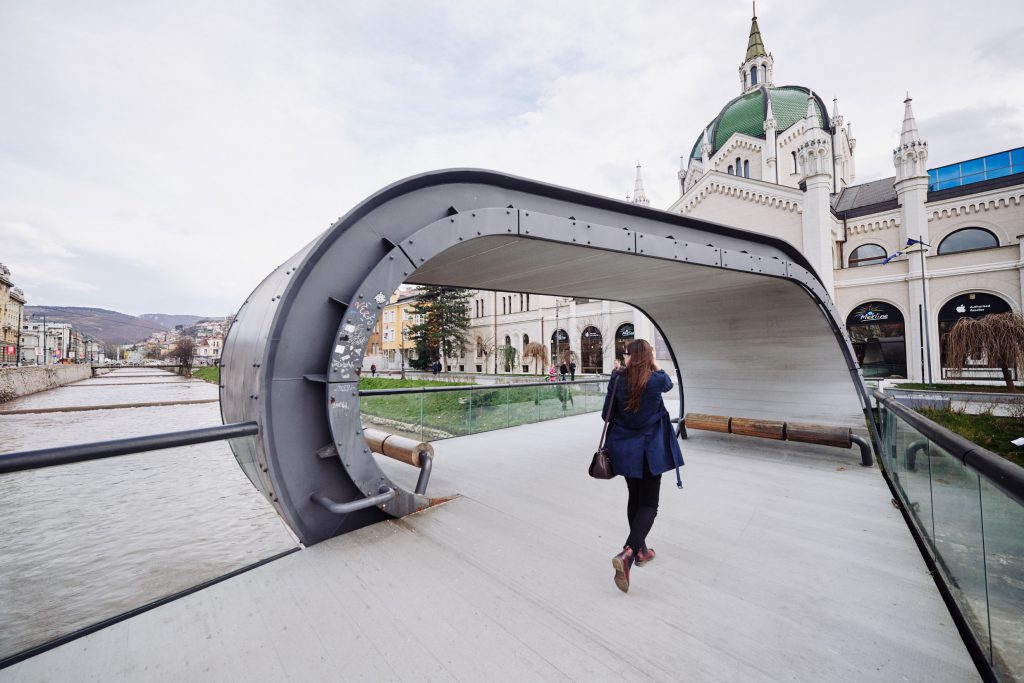
The ground of FK Željezničar was home to some historical UEFA Cup matches during the 1970s and 1980s. Željo, as the fans call the club, is closely connected with legendary figures like Ivica Osim or Edin Džeko. Grbavica stadium is also linked to the darkest period in the history of Sarajevo when the stadium became the frontline during the Bosnian war.
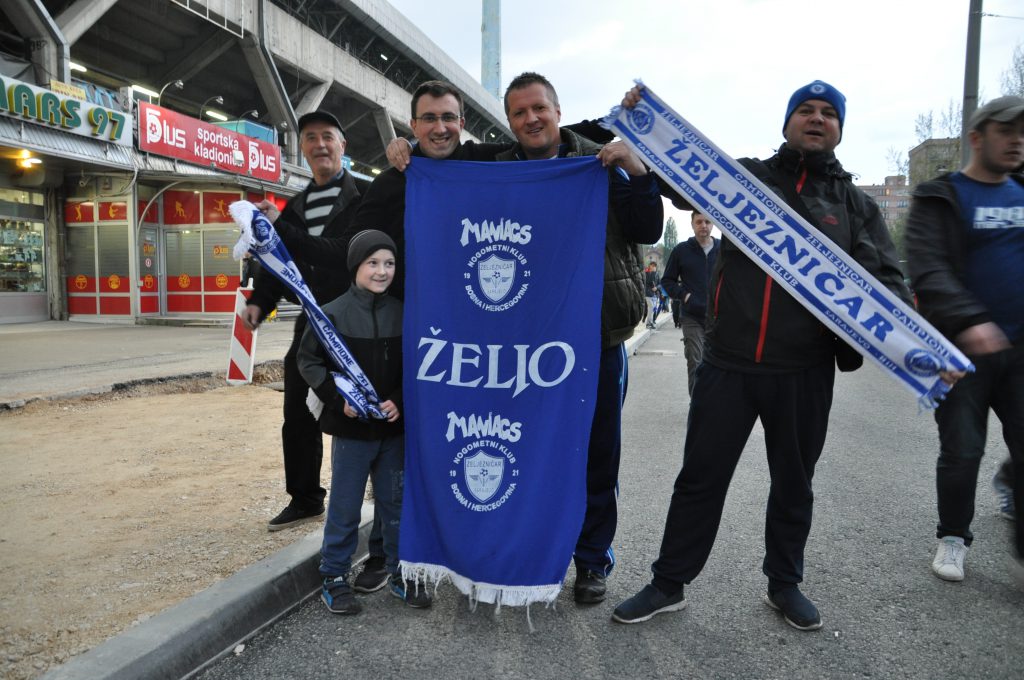
11) Olympic Stadium/Asim Ferhatović Hase
Sarajevo is still proud for hosting the Winter Olympics in 1984. The opening ceremony took place in the Asim Ferhatović Hase stadium in the Koševo neighbourhood. It is the home ground of FK Sarajevo – the local rival of FK Željezničar – and also was not spared from the war. Some of the training pitches next to the stadium have been turned into graveyards for war victims.
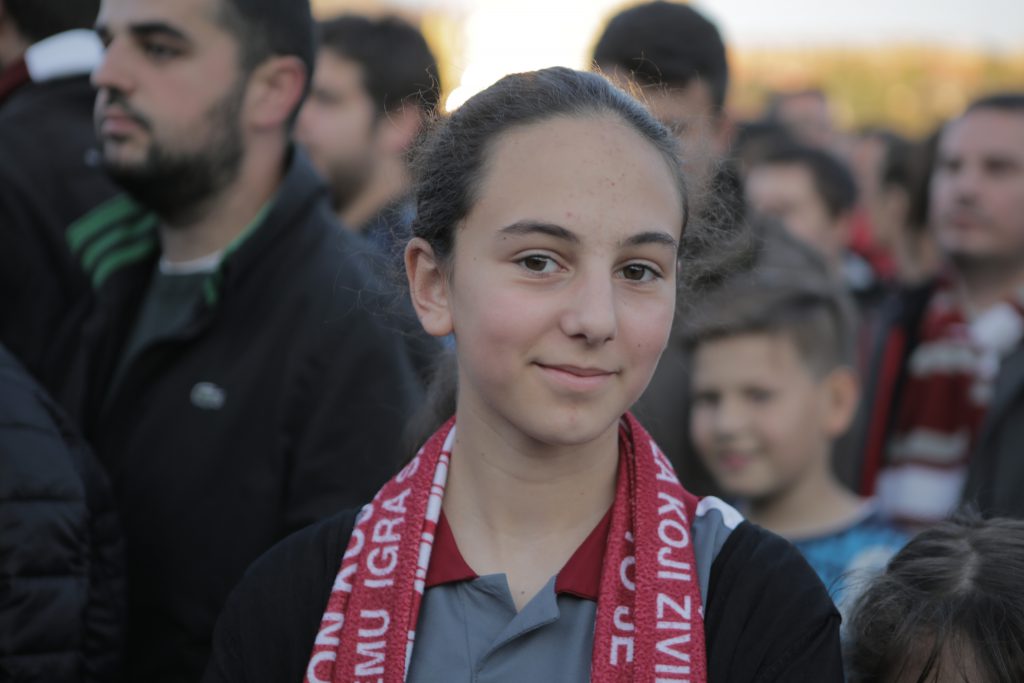
12) Alifakovac Cemetery
Cross the bridge at Vijećnica (city hall), pass by Inat Kuća restaurant, walk up the small Veliki Alifakovac street to the cemetery, turn around and take in the atmosphere and view: the smoke of the cevapi restaurants and coffee houses in Baščaršija on the right, the sheer endless minarets rising towards the sky, the voices of the Imams calling for prayers, the hundreds of little white obelisks from the cemeteries on the hills and the Plattenbauten buildings in the Grbavica and Hrasno neighborhoods further down the Miljacka river. Then walk down the streets again and have a beer at the Sarajevsko brewery on the left. Cheers!
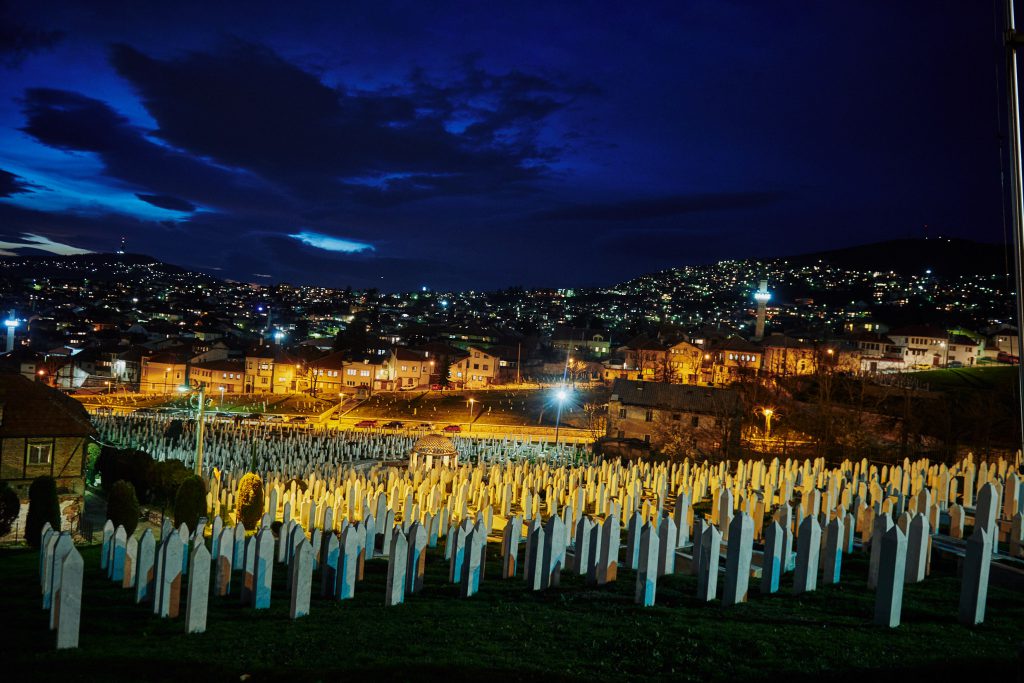
Sklop is an art gallery and foundation exhibiting and supporting contemporary art in Sarajevo. Sandra, the founder, left Bosnia during the war and studied art history in Switzerland. In 2017 she came back to Bosnia and opened up Sklop.
14) Zvono Bar and Coffee House
Zvono was the name of an artists’ group formed in Sarajevo in 1982 and active until the outbreak of the war in 1992. They named themselves after the Zvono café (Zvono/The Bell) where they used to meet. The café/bar changed places since then. The entrance to today’s “Zvono” is hidden a bit, the atmosphere is intimate and feels a bit out of time. Gives you an idea about how it was when Sarajevo was the Avantgarde of the art scene in the Balkans.
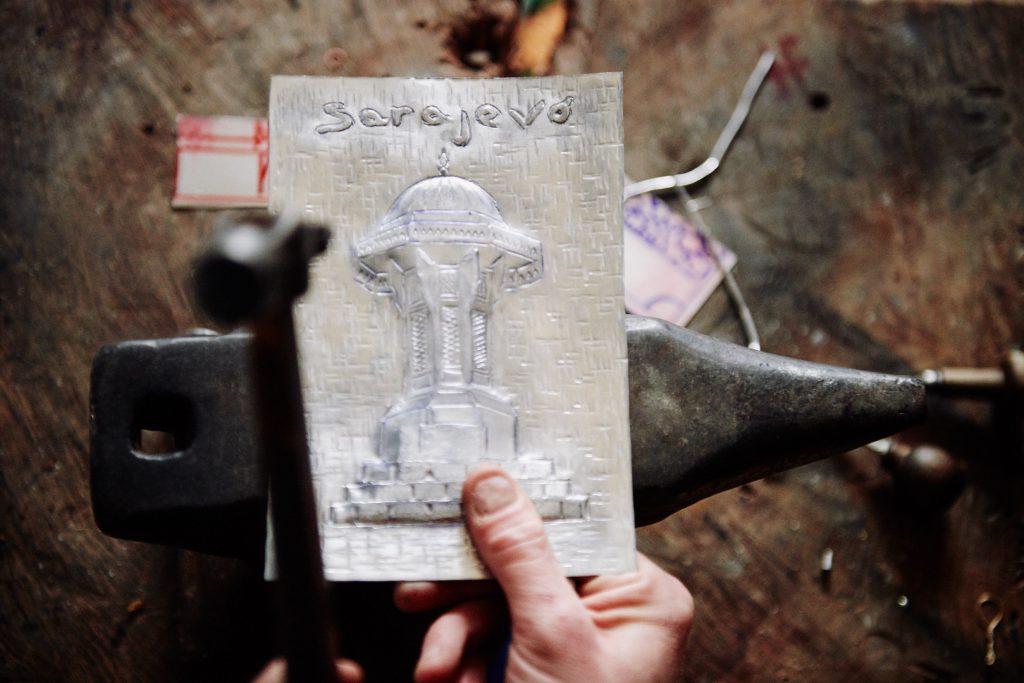
15) Jewish Cemetery
Almost 500 years old, the old Jewish cemetery is a monument to Sarajevo’s multi-religious history. There is a calm at the cemetery that can hardly be found somewhere else in the city. But the cemetery is also a reminder of the recent war history of Sarajevo. The Bosnian Serbs used it as an artillery position during for shooting at the so-called Snipers Alley. The Holiday Inn Hotel, one of the view safe hideouts on Snipers Alley, is right in the spotlight when you look from the cemetery straight ahead towards the city.
Books and Films I read and watched during my time in Sarajevo
- Grbavica (film). Grbavica is a film by Jasmila Žbanić about the life of a single mother in contemporary Sarajevo in the aftermath of systematic rapes of Bosniak women by Serbian soldiers during the Bosnian War. It won the Golden Bear at the Berlin International Film Festival in 2006 and was Bosnia and Herzegovina’s official entry for the Best Foreign Language Film at the Oscars that same year.
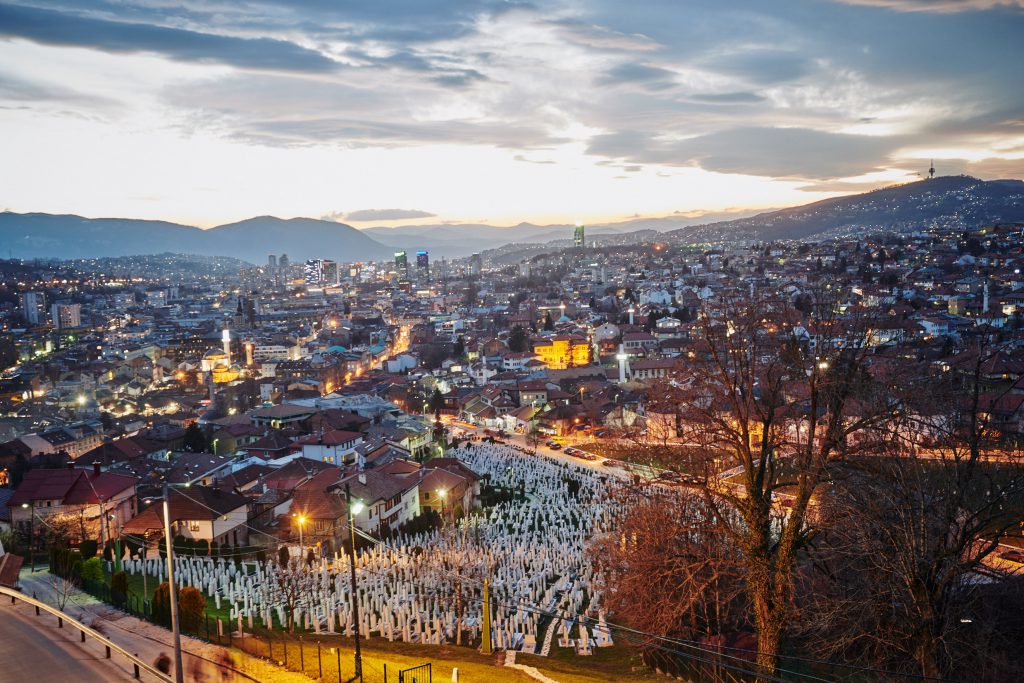
- The Game of His Life: A Biography about Ivica Osim. The book about Željezničar’s legendary player and coach by Marko Tomas is a wonderful, insightful and funny personal and general history of Sarajevo, the club, Yugoslavia and Bosnia in the 20th and early 21st century.
- Grbavica (song). The song by the Bosnian singer Tifa is the official club’s anthem sung before every home game. In the 1980s Tifa was also briefly the singer of Sarajevo’s legendayr rock band Bijelo Dugme.
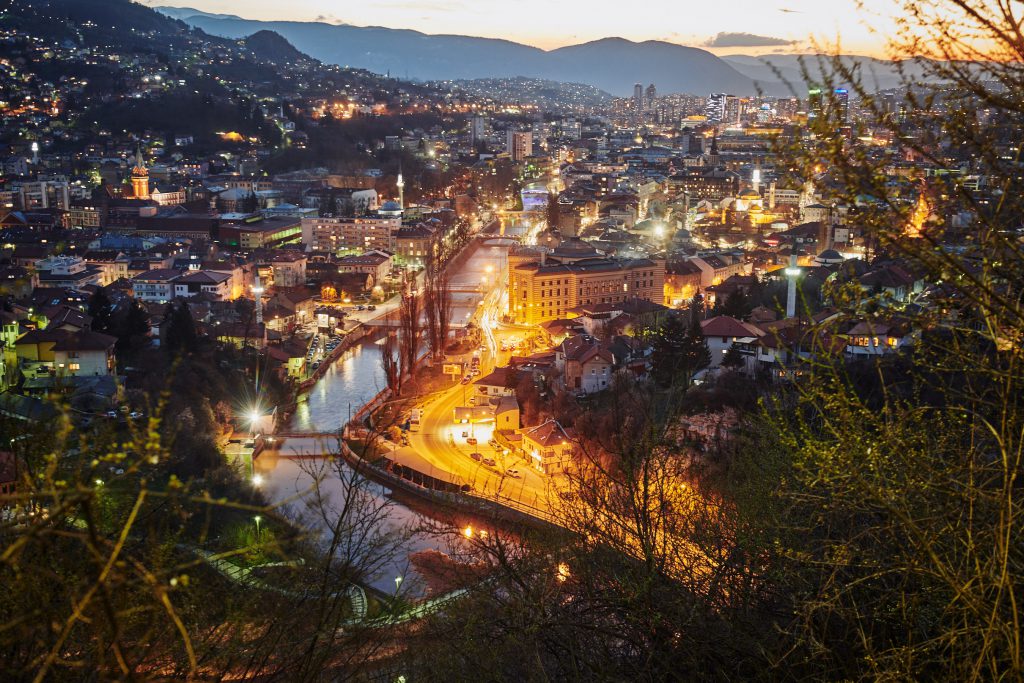
- Call Me Esteban (book). A collection of short stories by my friend Lejla Kalamujić about the early loss of her mother and her effort to make sense of a world that has been torn apart by war. Here is my portrait about Lejla!
- The Bridge on the Drina (book). This classical book by Ivo Andrić tells the story of Bosnia from the Ottoman to the Austrian-Hungarian empire through the life around the bridge on the Drina river in Višegrad.
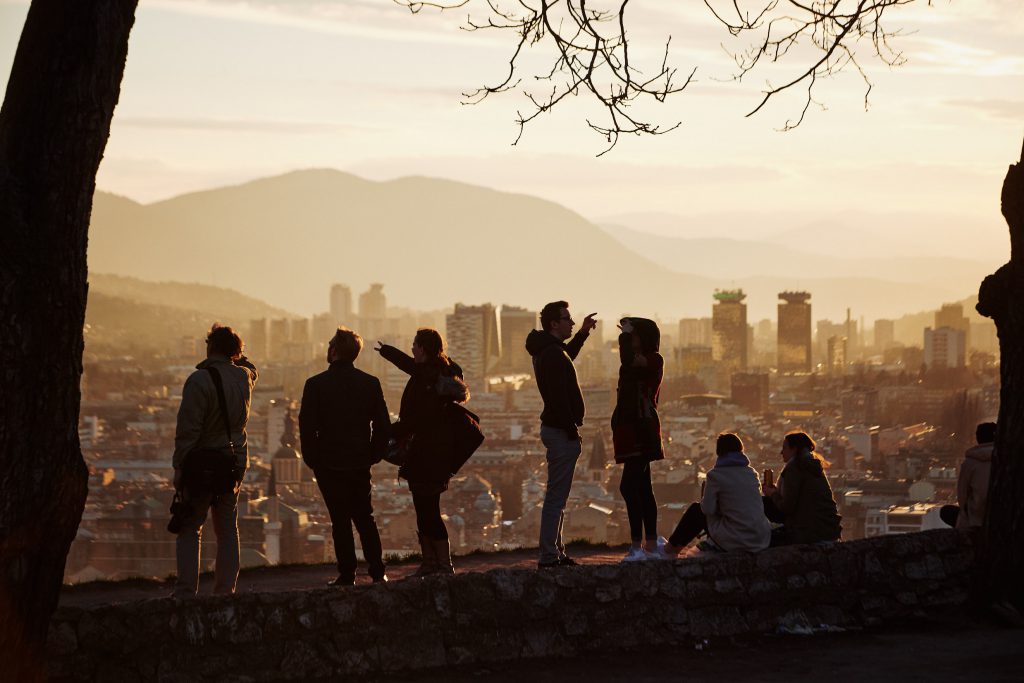
- Quiet Flows the Una (book). The majestic Una river in Bosnia becomes a metaphor for life – and death – in this haunting novel by writer Faruk Sehic – a veteran of the Bosnian war in the 1990s.
- Notes on the way between Vienna and Sarajevo (book/German). During the war writer Mile Sotjic fled from Sarajevo to Vienna. Later he started to write columns about his journey between these two cities: funny, melancholic, wondering.
